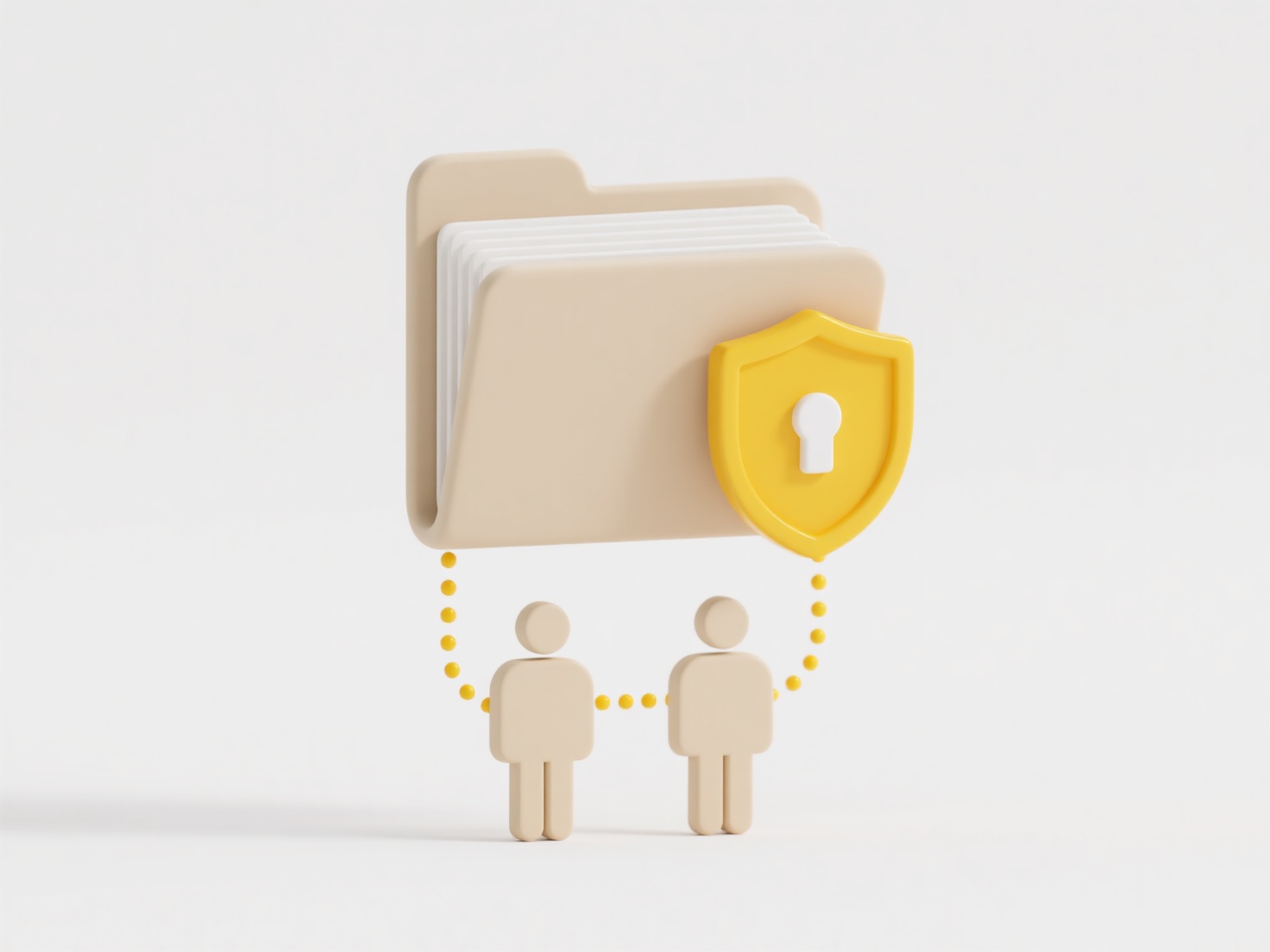
Downloaded files from learning platforms sometimes duplicate as a safety measure. This means the platform creates a new, slightly renamed copy instead of overwriting an existing file with the same name already present on your device. It functions as protection against accidentally replacing important work or data loss due to network interruptions during download. This behavior differs from directly saving a file where overwriting the old version is the typical default action.

This duplication commonly occurs in two scenarios. Firstly, when a student downloads the same lecture slide handout multiple times, each subsequent download might add a number in parentheses, like "Lecture1.pdf", then "Lecture1(1).pdf". Secondly, instructors downloading a batch of student assignments simultaneously for grading might find multiple versions of a single student's submission if they download the batch more than once. Major Learning Management Systems (LMS) like Canvas, Blackboard, or Moodle often employ this method.
The primary advantage is preserving original files and preventing accidental data loss when users download files with identical names. However, it leads to clutter and consumes unnecessary disk space on the user's device as multiple copies accumulate. While generally a minor inconvenience, managing these duplicates requires manual deletion by the user; the duplication itself is a deliberate behavior, not a sign of platform malfunction or corruption.
Why do downloaded files from learning platforms duplicate?
Downloaded files from learning platforms sometimes duplicate as a safety measure. This means the platform creates a new, slightly renamed copy instead of overwriting an existing file with the same name already present on your device. It functions as protection against accidentally replacing important work or data loss due to network interruptions during download. This behavior differs from directly saving a file where overwriting the old version is the typical default action.

This duplication commonly occurs in two scenarios. Firstly, when a student downloads the same lecture slide handout multiple times, each subsequent download might add a number in parentheses, like "Lecture1.pdf", then "Lecture1(1).pdf". Secondly, instructors downloading a batch of student assignments simultaneously for grading might find multiple versions of a single student's submission if they download the batch more than once. Major Learning Management Systems (LMS) like Canvas, Blackboard, or Moodle often employ this method.
The primary advantage is preserving original files and preventing accidental data loss when users download files with identical names. However, it leads to clutter and consumes unnecessary disk space on the user's device as multiple copies accumulate. While generally a minor inconvenience, managing these duplicates requires manual deletion by the user; the duplication itself is a deliberate behavior, not a sign of platform malfunction or corruption.
Related Recommendations
Quick Article Links
Why do I need a password to open this file?
Password protection is a security measure applied to digital files to restrict access only to those who know the correct...
Should I avoid opening .exe files received via email?
Opening .exe files received via email is generally advised against. An .exe file is an executable program designed to ru...
Does Wisfile require a powerful computer to run smoothly?
Does Wisfile require a powerful computer to run smoothly? Wisfile is engineered for efficient performance on standard ...